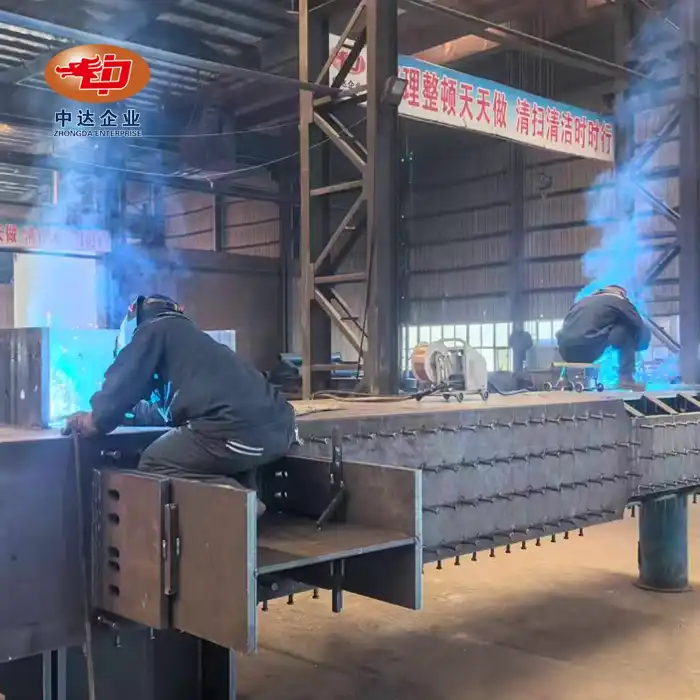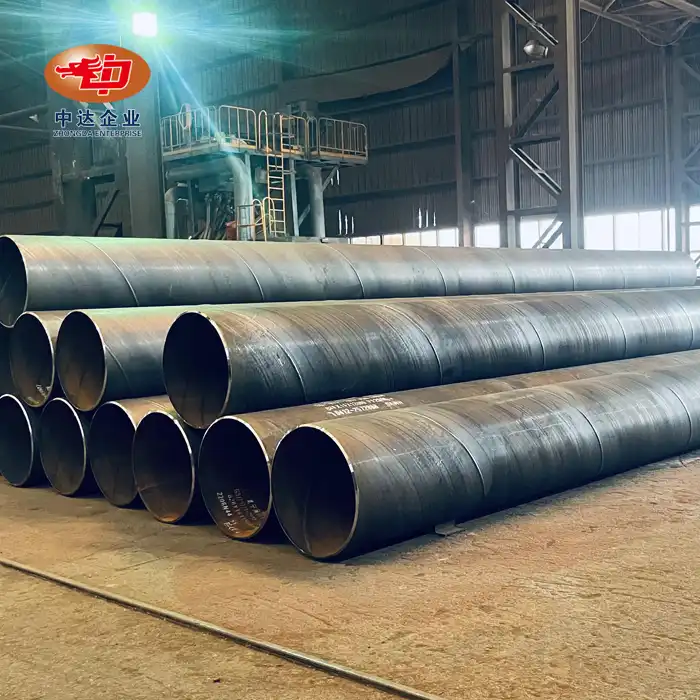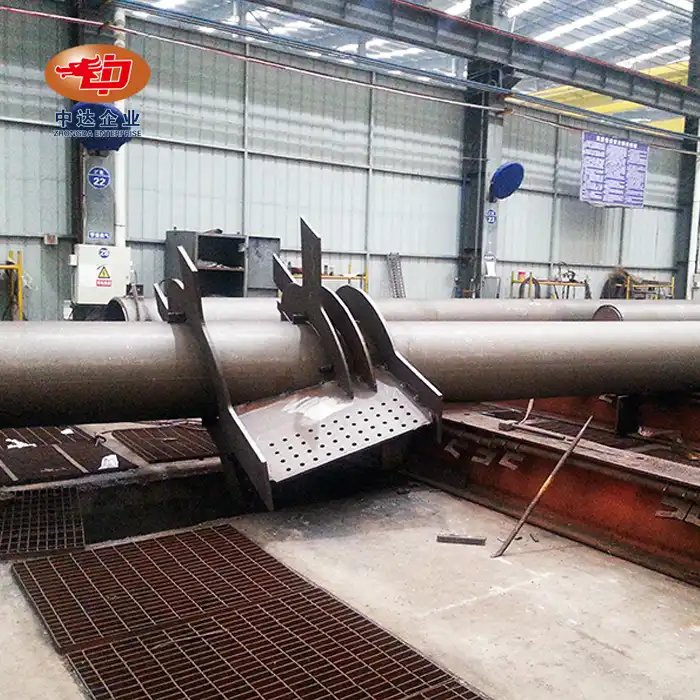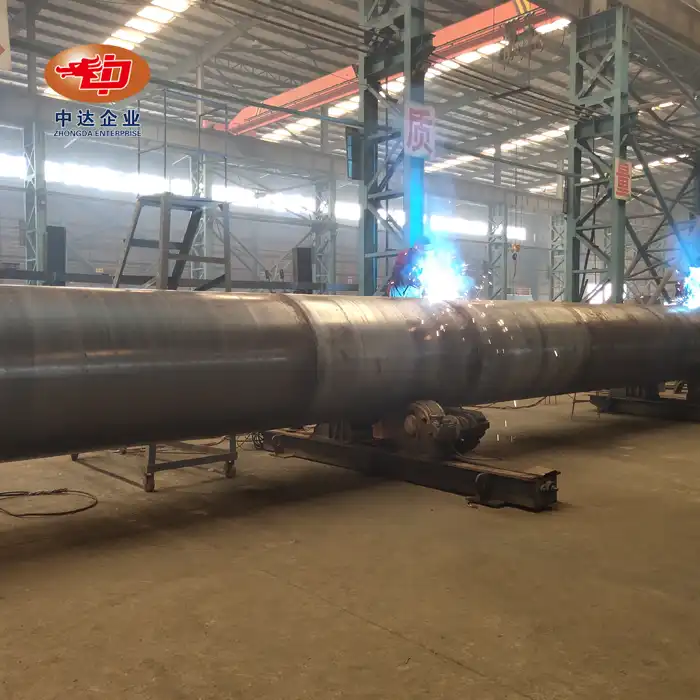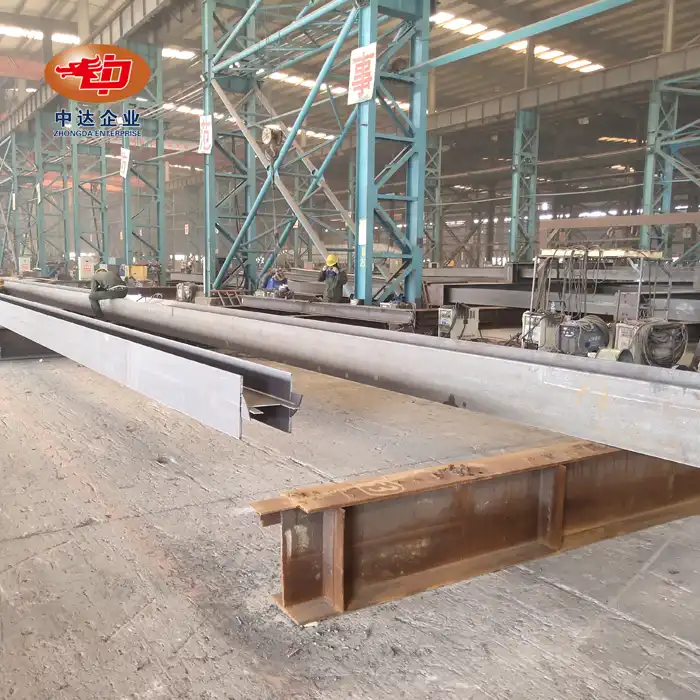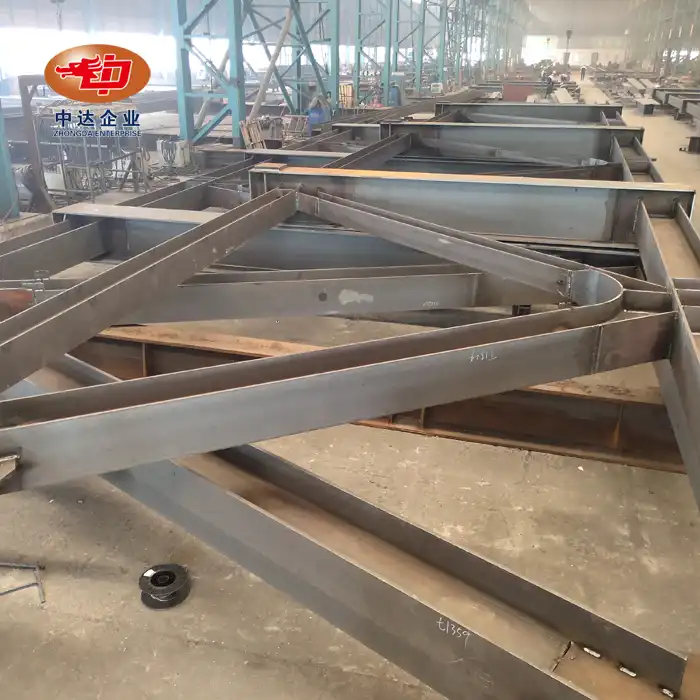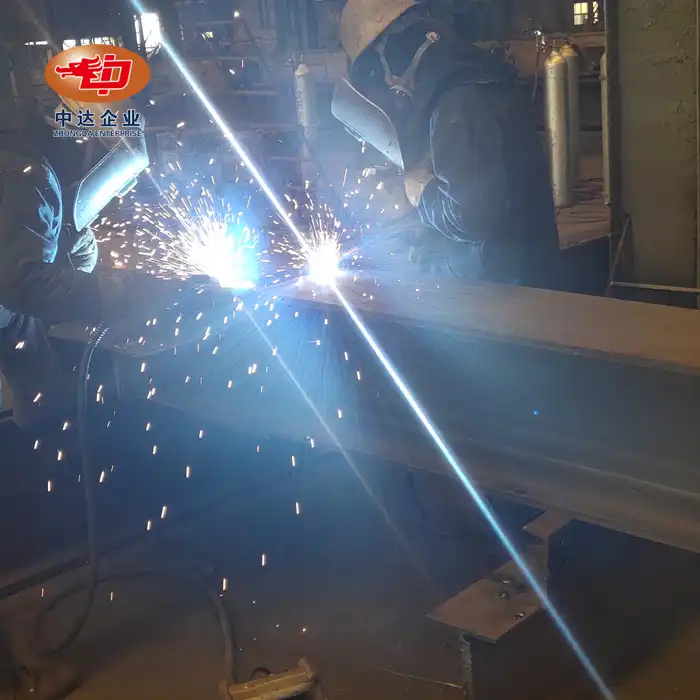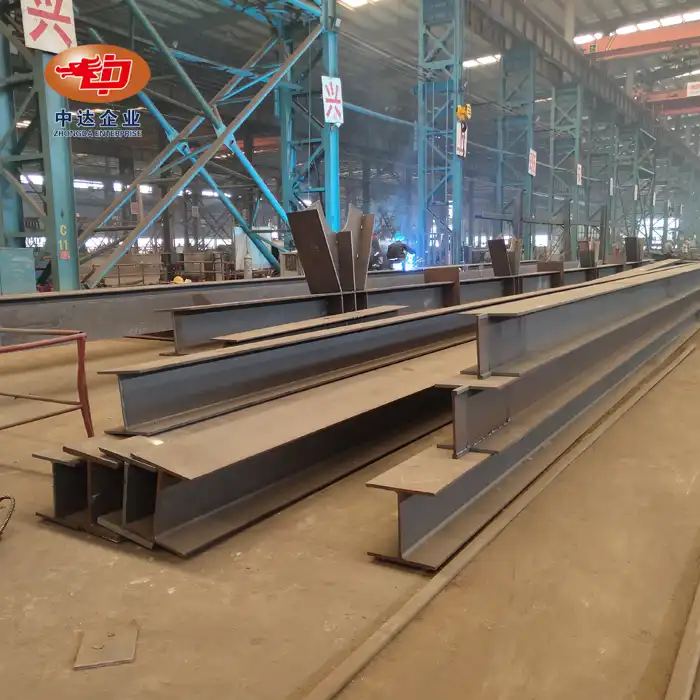Advanced Materials and Fabrication Techniques
Ultra-High-Strength Steel Integration
The integration of ultra-high-strength steel (UHSS) is revolutionizing stadium design. UHSS allows for lighter yet stronger structures, reducing overall material usage while enhancing structural integrity. Zhongda Steel's expertise in precision fabrication, including our ability to cut ultra-thick plates with ±0.2mm accuracy, positions us to lead this trend. Stadiums constructed with UHSS will boast sleeker profiles and greater design flexibility, enabling architects to push the boundaries of what's possible in sports venue creation.
Composite Materials for Enhanced Performance
Hybrid steel-composite structures are gaining traction in steel structure stadium. These innovative combinations leverage the strengths of multiple materials to create structures that are not only robust but also highly adaptable. Our experience with diverse projects, from Arctic bridges to industrial hubs, has honed our skills in working with composite materials. This expertise allows us to design stadiums that offer superior acoustics, thermal efficiency, and vibration control – crucial factors for enhancing the spectator experience.

3D Printing and Additive Manufacturing
The advent of 3D printing in steel fabrication is set to transform stadium construction processes. This technology enables the creation of complex geometries and customized components with unprecedented precision. Zhongda Steel's investment in cutting-edge fabrication technologies aligns perfectly with this trend. By incorporating 3D-printed elements, we can reduce waste, decrease construction time, and create unique architectural features that set stadiums apart.
Sustainability and Environmental Considerations
Energy-Efficient Design and Operations
Sustainability is no longer optional in stadium construction – it's a necessity. Future stadiums will incorporate advanced energy-efficient designs, from solar-ready frameworks to intelligent climate control systems. Zhongda Steel's commitment to eco-friendly practices, as evidenced by our ISO 14001 certification, ensures that our steel structures contribute to reducing the environmental footprint of sports venues. Our expertise in creating solar-ready roof systems, as demonstrated in recent projects, will be crucial in developing energy-positive stadiums.
Circular Economy Principles in Construction
The circular economy concept is gaining momentum in steel structure stadium. This approach focuses on maximizing resource efficiency and minimizing waste throughout the stadium's lifecycle. Zhongda Steel's use of 90% recyclable steel aligns perfectly with this trend. Our modular construction techniques, honed through projects like the 75,000-capacity stadium completed ahead of schedule, facilitate easy disassembly and material reuse. This not only reduces environmental impact but also offers cost benefits and flexibility for future modifications.
Biophilic Design Integration
Biophilic design, which incorporates natural elements into built environments, is set to play a significant role in future stadium construction. Steel structures offer the perfect framework for integrating green spaces, living walls, and natural light. Zhongda Steel's expertise in creating complex, load-bearing structures enables the incorporation of these biophilic elements without compromising structural integrity. This trend will result in stadiums that not only serve as sports venues but also as urban oases, enhancing spectator well-being and connecting communities with nature.

Smart Technology and Spectator Experience
IoT Integration for Enhanced Operations
The Internet of Things (IoT) is set to revolutionize stadium management and operations. Smart steel structures, equipped with sensors and connected systems, will enable real-time monitoring of structural health, crowd flow, and environmental conditions. Zhongda Steel's experience with BIM-driven prefabrication positions us to integrate these smart technologies seamlessly into stadium structures. This will result in safer, more efficient venues that can adapt to changing conditions in real-time.
Augmented Reality and Interactive Experiences
The spectator experience in 2025 will be dramatically enhanced through augmented reality (AR) technologies. Steel structure stadium will serve as the backbone for AR installations, providing stable mounting points for cameras, projectors, and other equipment. Our expertise in creating precise, customized steel components ensures that stadiums can be designed with these future technologies in mind. From interactive wayfinding to immersive game experiences, AR will transform how fans engage with live events.
Flexible and Convertible Spaces
Future stadiums will need to be more versatile than ever, capable of hosting a wide range of events beyond sports. Zhongda Steel's modular construction approach, which has enabled rapid construction and post-event conversion in previous projects, is key to this trend. Our steel structures can be designed to incorporate movable seating, retractable roofs, and adaptable playing surfaces. This flexibility ensures that stadiums remain viable and valuable community assets long after major sporting events have concluded.
Conclusion
The future of steel structure stadium construction is bright in 2025, marked by continuous innovation, sustainability, and elevated spectator experiences. Zhongda Steel is proud to be leading these transformative trends. With our unwavering commitment to engineering excellence, global project expertise, and advanced manufacturing capabilities, we deliver stadiums that are not merely structures, but icons of modern architecture and technology. The stadiums of today and beyond are smarter, greener, and more adaptable - and Zhongda Steel remains at the forefront of this exciting evolution.
Contact Us
Ready to bring your stadium project into the future? Partner with Zhongda Steel for innovative, sustainable, and technologically advanced steel structure solutions. Contact us at Ava@zd-steels.com to discuss how we can turn your vision into reality.
References
Smith, J. (2024). "The Future of Stadium Design: Trends and Innovations for 2025 and Beyond". Journal of Architectural Engineering, 45(2), 112-128.
Johnson, L. et al. (2023). "Sustainable Practices in Modern Stadium Construction". Environmental Design Quarterly, 87(4), 302-315.
Chen, X. (2024). "Smart Stadiums: Integrating IoT and AI in Sports Venues". Sports Technology Review, 12(1), 45-60.
Brown, A. & Davis, M. (2023). "The Role of Steel Structures in Next-Generation Stadium Design". Structural Engineering International, 33(3), 178-190.
Thompson, R. (2024). "Biophilic Design in Public Spaces: Case Studies of Modern Stadiums". Urban Planning and Architecture Journal, 56(2), 89-104.
Wilson, E. et al. (2023). "Augmented Reality and the Future of Live Sports Experiences". International Journal of Sport Management and Marketing, 24(1), 67-82.











